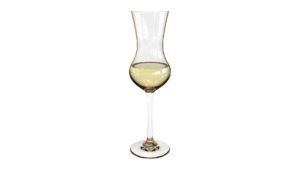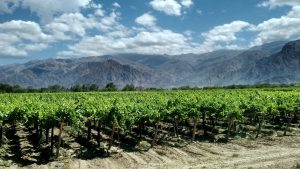Wine has always fascinated mankind with its velvety texture and effects on the soul and body. The history of wine can be traced back to 5000 BC. Many civilizations have inhabited Asia Minor and the Caucasus where the birth of wine happened.
Armenia and Georgia, the Start of Winemaking
According to geologists, the Caucasus is the initiation point for the winemaking processes. Tools and genetic evidence point to Armenia, Georgia as well as parts of Turkey to have been the initiation point of this practice. The Areni cave in Armenia is one of the oldest wine producing sites in history. Today, the country has many other wine production areas such as the famous Ararat Valley and Armavir.
As for Georgia, it is considered one of the biggest exporters of wine in Eastern Europe. Moreover, the country exports worldwide, where its 2019 production capacity was roughly 100 million bottles.
The Phoenicians, the Protagonist of Winemaking Culture
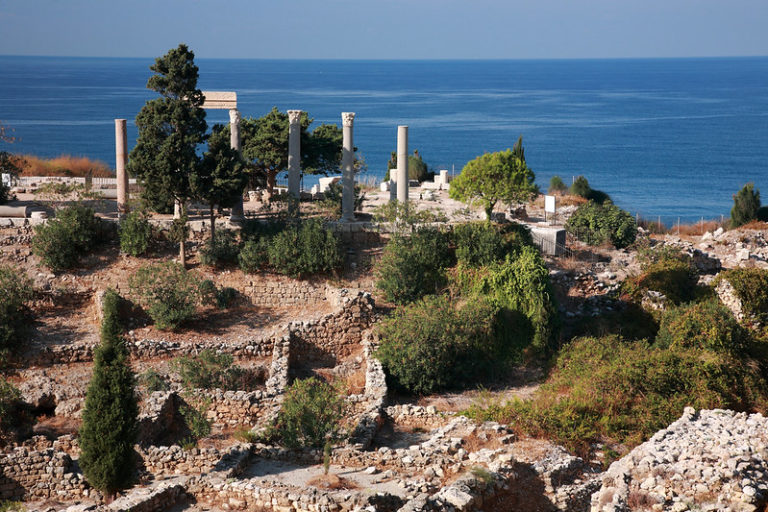
The Phoenicians were a sea trading civilization around the Mediterranean with roots from Lebanon. They spread the culture of wine as well as its practices in both viticulture and viniculture. Some evidence suggests that wine was consumed prior to the arrival of the Phoenicians ships in many parts of the Mediterranean. However, the seafarers increased and reinforced its production, trade and consumption.
The Greeks' and Romans' Role in the History of Wine
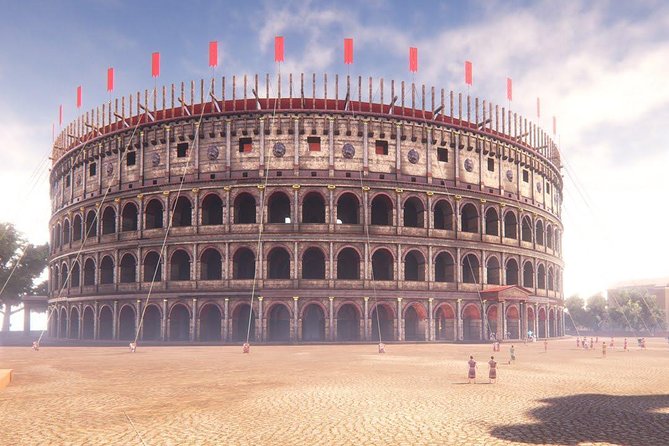
The cradle of western civilization is the Greek culture. The Greek philosopher Homer has made various references in his works to wine. However, the Romans were the culture that spread vastly and quickly the art of vine cultivation and winemaking. The Romans believed that wine should be produced locally rather than being shipped and traded over long distances. Hence, winemaking engineering practices started to preserve the wine and prevent the vinegar forming process. Many experts from old kingdoms were brought to help refine the wine and preserve it during aging.
Later, the Catholic church supported the practice of making wines which reinforced its strong presence in Medieval Europe. Therefore, the history of wine is deeply rooted with the history of traditionally Catholic countries in Southern Europe, namely France, Italy and Spain.
The Old-World Wine History
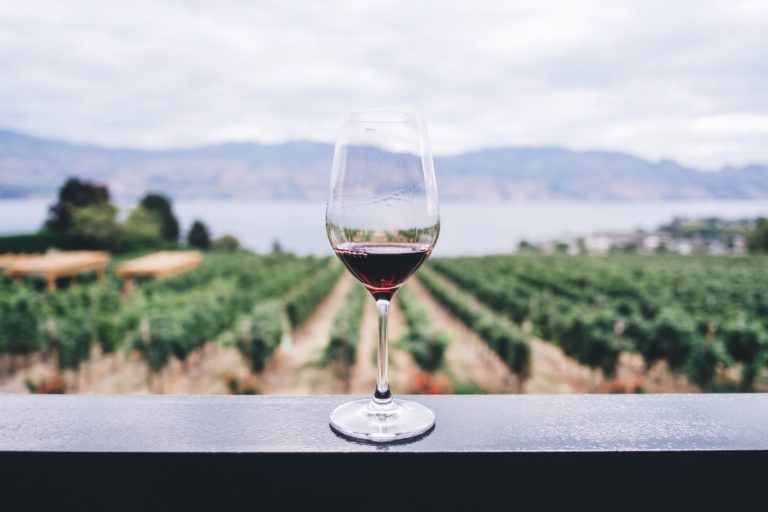
Wine’s fame grew strongly in Southern Europe as the influence of the Roman empire declined, the church gained power. Wine remained an important cultural aspect in countries such as France and Italy regardless of the ruling power. Therefore, monks in France practiced preserving the wines in caves, which is a surviving tradition till our current day. The dark color of the wine is linked in liturgical aspects to blood.
The refinement of wine in both color and taste brought many engineering techniques to the world of wine in European countries. Even though Mediterranean countries like France, Italy and Spain share similar traits and production methods of wine, their wines are quite different. The history of wine in such countries took several twists and turns reflective of the rich history of these nations. Today, wines from Portugal are very different from its neighboring country of Spain. Similarly Italian wines are produced differently than those of the French and Spanish.
Moreover, wine regions in the same country experience different history and hence different techniques are practiced in each area. For example, Northern Italy is very different in this aspect from its South. This in turn produces very different wines in terms of organoleptic properties. Adding to that the factor of terrain and climate, which when mixed with human’s skills creates the concept of “terroir”, and the wine becomes a new world of its own.
The New-World Wine History

As Europe rushed to colonize the new world after Columbus’ discovery of the American continent in the late 1400s, wine was one of the prominent products shipped to the new world. Moreover, winemaking techniques started to emerge heavily due to the same religious reasons of Europe. Hence, New Mexico and California started to grow and make their own wines with the missionary arrivals from Europe. Today, the USA became a world leader in wine production is these areas.
Another country that is popular for its wine on the world stage is Australia. Even though the British were accredited to introduce the techniques initially to the country, various waves of European immigrants have continued to shape the wine’s history and culture of the country.
Today, wine is a drink loved and consumed by many worldwide. It is a drink of celebrations, gatherings, solidarity and even brainstorming in groups or in solitude. It ignites creativity, creates new ideas and continues shaping the world culture, hence a journey in time to discover its history is well worth it while sipping your silky drink.


